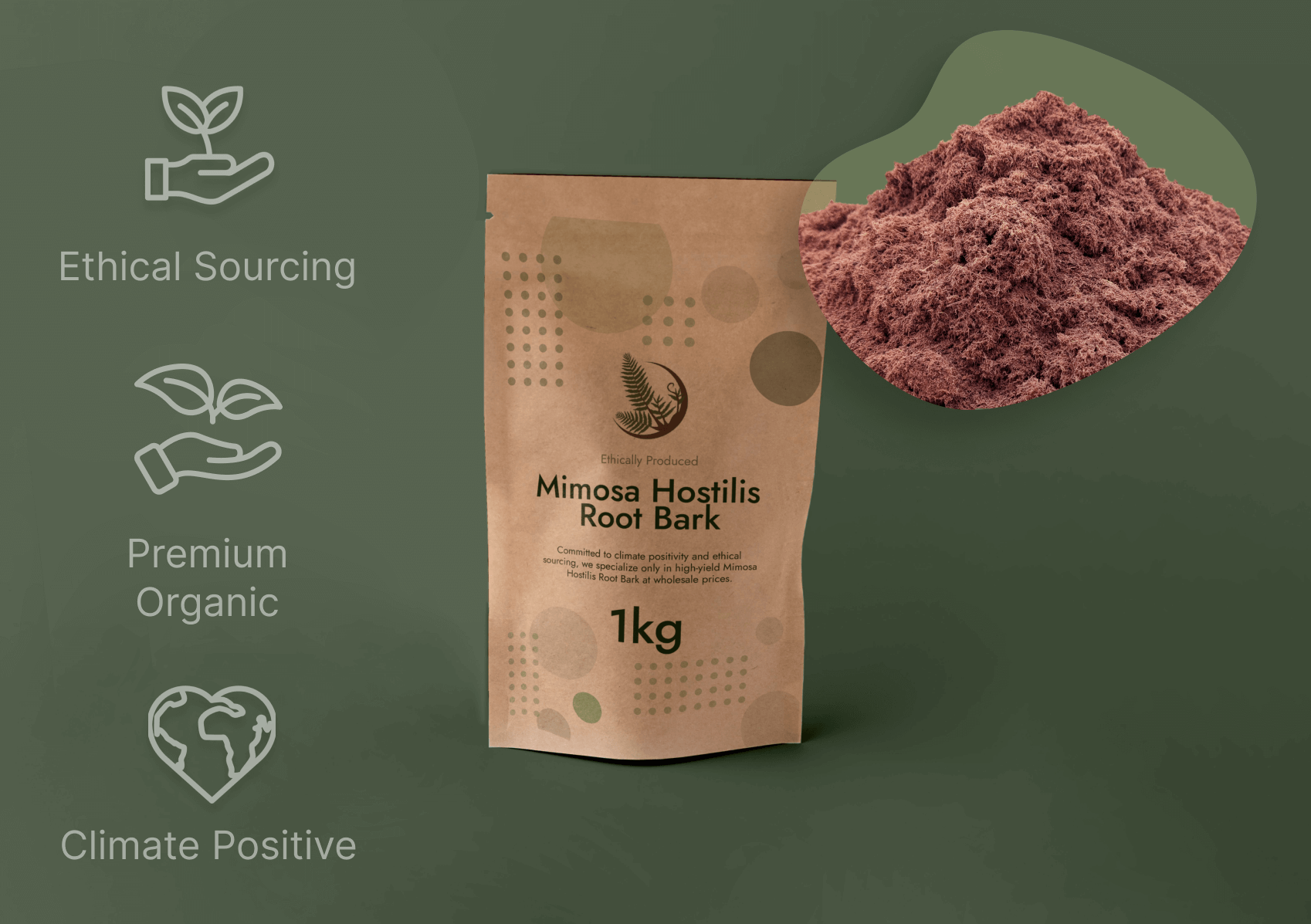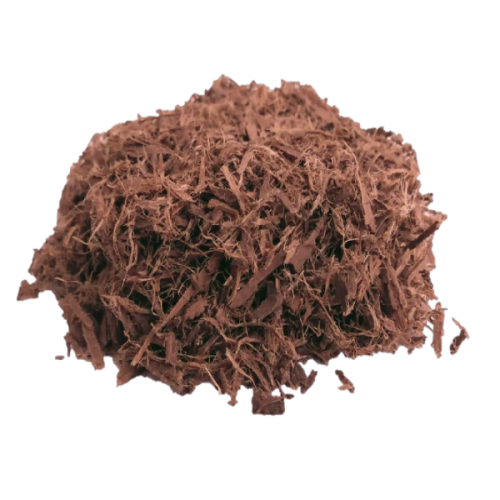Mimosa Hostilis Root Bark: A Guide to Origins and Makes use of
Wiki Article

Mimosa Hostilis Root Bark holds a major spot in classic methods and modern botanical applications. This short article explores the attributes, origins, and common issues encompassing this impressive plant materials, with a selected center on the prized Brazillian Mimosa Hostilis Root Barks.
What exactly is Mimosa Hostilis Root Bark?
Mimosa Hostilis, scientifically generally known as Mimosa tenuiflora, is a perennial tree indigenous towards the northeastern location of Brazil and portions of Mexico. The basis bark of the tree has been utilised for hundreds of years by indigenous communities for numerous useful and standard uses. The inner root bark incorporates noteworthy concentrations of tannins, alkaloids, along with other phytochemicals that contribute to its distinct Qualities and programs.
The tree itself is remarkably resilient, able to surviving in poor soils and drought situations. This hardiness contributes for the strong character of your bark and its chemical profile. When harvested sustainably, the outer root bark is meticulously divided to access the dear inner bark, that is then dried and organized to be used.
Brazilian Mimosa Hostilis Root Bark: The Gold Typical
When discussing high quality in Mimosa Hostilis solutions, the Brazillian Mimosa Hostilis Root Barks are usually considered exceptional from the botanical market place. Various aspects add to this status:
Ideal Developing Situations
The precise soil composition, local weather, and ecosystem of Brazil's northeastern area make ideal ailments for Mimosa tenuiflora to create its whole chemical probable. The mineral-loaded soils and individual pattern of rainfall and daylight On this space surface to reinforce the focus of Energetic compounds in the root bark.Conventional Harvesting Information
In areas where Mimosa Hostilis has actually been employed traditionally, harvesters have produced subtle strategies for sustainable harvesting that preserves both of those the tree along with the potency in the bark. This awareness, passed down by way of generations, makes sure that the bark is gathered at the ideal time of 12 months and processed working with methods that retain its integrity.Distinctive Physical Traits
Brazilian Mimosa Hostilis Root Bark ordinarily shows a rich reddish-brown to purple internal bark using a fibrous, dense texture. The visual traits often serve as an First indicator of top quality, with professional customers recognizing the distinctive appearance of bark from this location.
Frequent Apps and Utilizes
The applications of Mimosa Hostilis Root Bark span the two traditional and modern contexts, although It truly is important to be aware of the lawful standing of those takes advantage of varies by region and jurisdiction.
Standard Craft and Exercise
Indigenous communities have Traditionally made use of Mimosa Hostilis Root Bark for making purely natural dyes for textiles, With all the bark making lovely shades of purple, burgundy, and deep brown. The tannin-abundant Attributes also created it precious for leather-based tanning along with other simple programs.Present day Botanical Study
Up to date fascination in Mimosa Hostilis Root Bark extends to varied fields of botanical investigate, significantly learning its chemical composition and probable applications. Scientists have recognized quite a few appealing compounds throughout the bark that warrant more scientific investigation.Horticultural and Agricultural Utilizes
In permaculture and sustainable agriculture, Mimosa tenuiflora is valued as a nitrogen-fixing species that can improve soil top quality. The bark by itself, when processed, can be employed Mimosa Hostilis Root Bark for a all-natural mulch or soil Modification in certain agricultural contexts.High-quality Evaluation and Identification

For anyone dealing with Mimosa Hostilis Root Bark, comprehending the way to evaluate good quality is vital. Large-high-quality materials, notably genuine Brazillian Mimosa Hostilis Root Barks, typically reveals selected traits:
The Visible visual appearance really should exhibit a transparent distinction between the outer and internal bark, With Brazillian Mimosa Hostilis Root Barks all the internal bark displaying deep, vivid colours. The material ought to have a attribute earthy, marginally sweet aroma, no cost from musty or moldy notes. When processed, the bark really should generate a fine powder although retaining its fibrous construction until finally grinding. Adequately dried bark needs to be brittle although not dusty, indicating right moisture written content.
Routinely Requested Queries (FAQs)
1. Exactly what is the distinction between Mimosa Hostilis Root Bark from Brazil and other regions?
Brazilian Mimosa Hostilis Root Bark is normally regarded outstanding due to the exceptional expanding situations in northeastern Brazil, which end in greater concentrations of Energetic compounds. The traditional harvesting techniques employed Within this area also contribute to the general excellent and potency of the final products.two. How should really I store Mimosa Hostilis Root Bark to take care of its quality?
Retail store the bark in the awesome, dark, and dry place within an airtight container. Safety from light-weight, moisture, and Excessive temperature fluctuations might help maintain the bark's chemical integrity and prevent degradation of its Lively parts.three. Is Mimosa Hostilis an endangered species?
No, Mimosa tenuiflora isn't presently detailed as an endangered species. In actual fact, it's recognized for its resilient advancement and talent to prosper in demanding conditions. On the other hand, liable harvesting tactics are still necessary to ensure the sustainability of wild populations.four. Can I develop Mimosa Hostilis beyond its indigenous habitat?
Although Mimosa tenuiflora thrives very best in its native tropical weather, it might be cultivated in related environments. The tree needs very well-drained soil, a good amount of sunlight, and protection from frost. Nonetheless, the chemical profile of cultivated specimens might differ from wild-harvested Brazilian product.five. Exactly what is the authorized standing of Mimosa Hostilis Root Bark?
The authorized standing varies drastically by state and jurisdiction. In a few spots, the raw bark is lawful to have, although in Other people, distinct extracts or preparations can be regulated. Generally exploration and comply with neighborhood rules and restrictions just before obtaining or working with any botanical material.Knowing Mimosa Hostilis Root Bark, notably the top quality Brazillian Mimosa Hostilis Root Barks, calls for appreciation of its botanical characteristics, common context, and appropriate apps. No matter if for research, craftsmanship, or botanical research, this extraordinary plant substance carries on being a matter of curiosity throughout many fields, nevertheless often in correct lawful and ethical boundaries. Report this wiki page